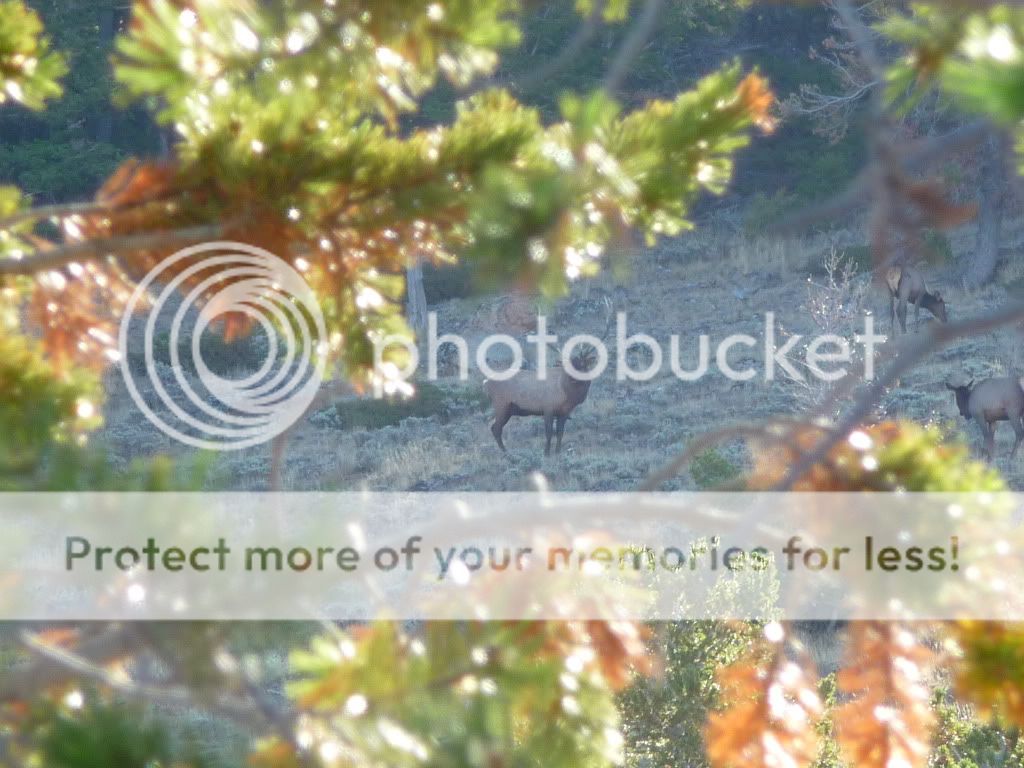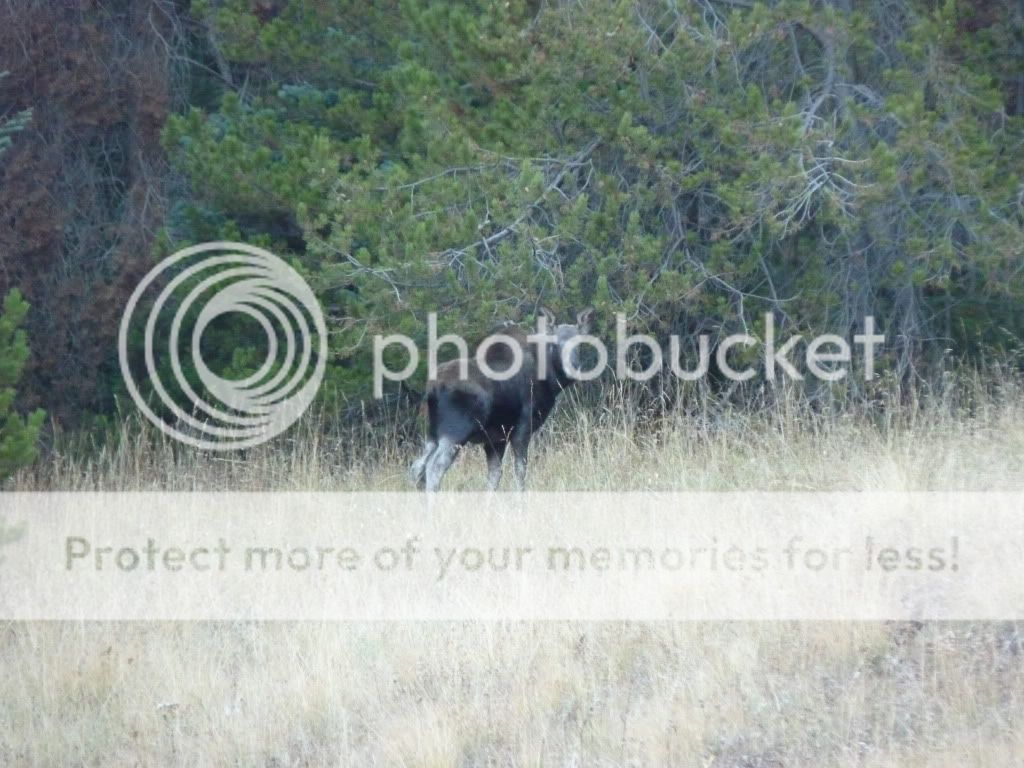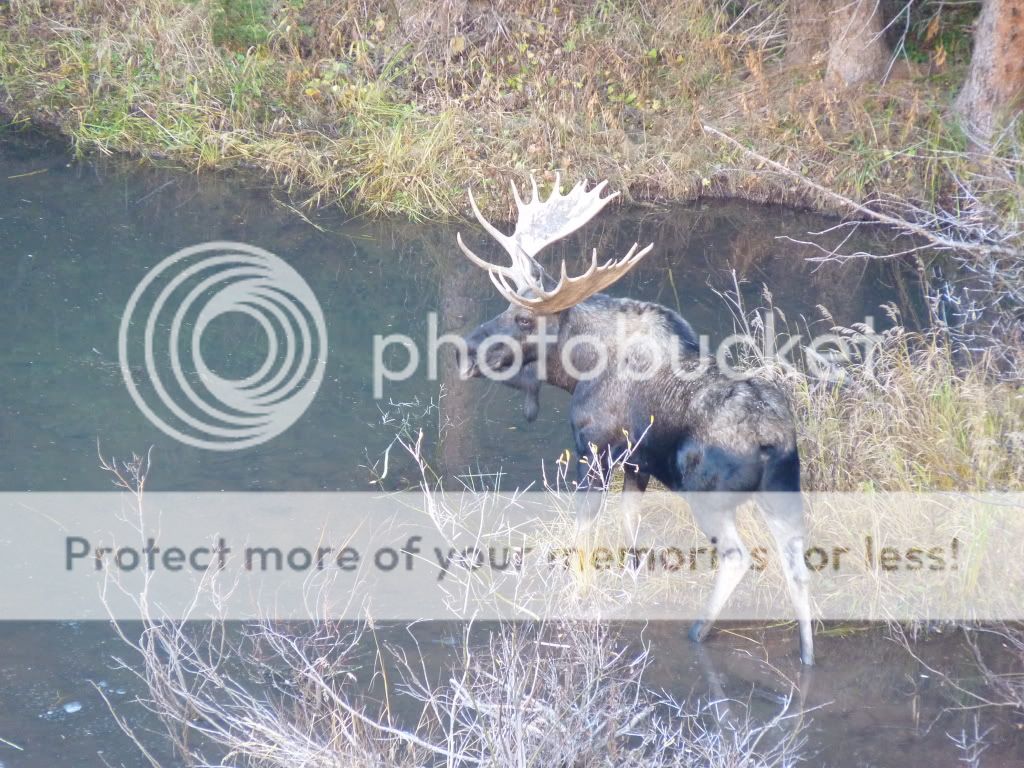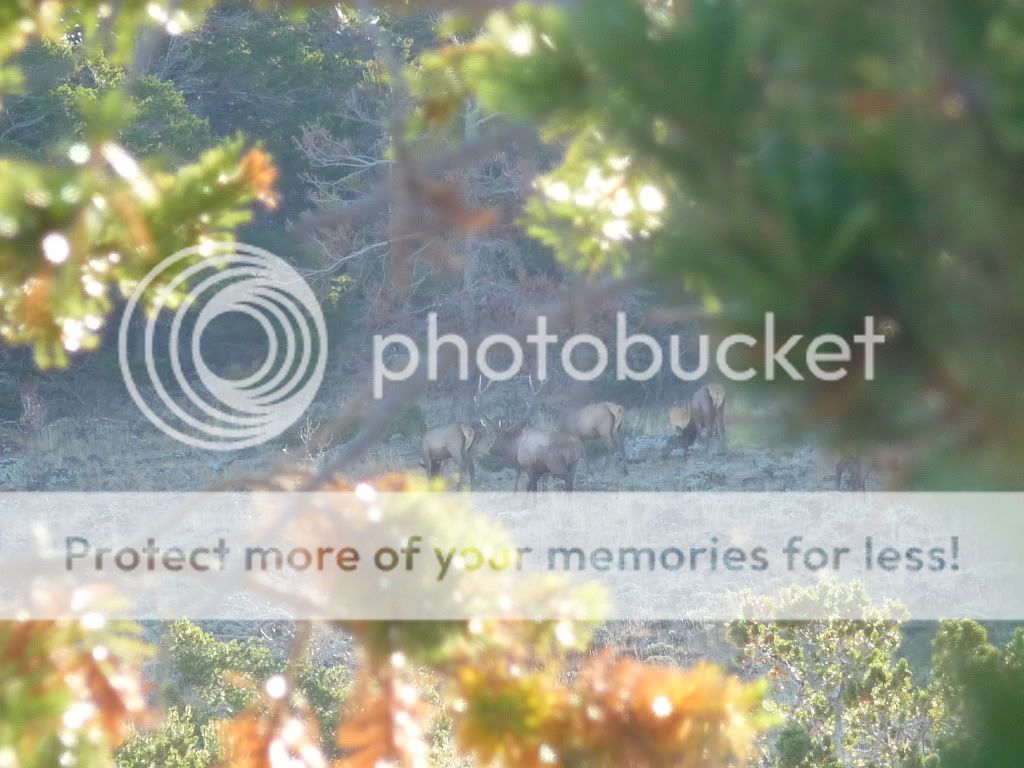DRAFTSTUD
Well-known member
Laugh out Loud! I was taking a young man on his first hunt out west, first time past Dallas! As we were going up Missionary Ridge north of Durango you drive by camps right off the road and all of a sudden the Kid yells "Elk, I see some Elk!". Yeah, horses tied up on a High Line always remind me of Elk standing in a row! So, I can see where the stretch isn't that far for some idiots. Did it say what the % was of Resident to Non-resident? John








